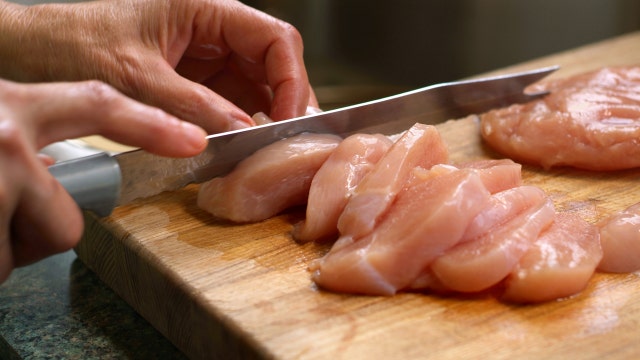How do I know if I have salmonella
Q&A with Dr. Manny: Since coming back from vacation, I’ve had diarrhea and cramps. How do I know I have salmonella versus some other gastrointestinal condition?
It seems we can’t go more than a week without hearing about the latest recall. But that might be a good thing—the Centers for Disease Control and Prevention (CDC) constantly tracks outbreaks and identifies what causes food poisoning to help keep people safe.
The CDC’s Foodborne Disease Outbreak Surveillance System (FDOSS) collects data on foodborne illness outbreaks (“outbreaks” are when two or more people have a similar illness resulting from eating a common food). Between 2009 and 2015, there were 5,760 outbreaks reported, which resulted in more than 100,000 illnesses.
What causes food poisoning?
The food category responsible for the most outbreaks is chicken. Chicken? That’s right. Between 2009 and 2015, chicken was responsible for 3,114 outbreak-related illnesses, or 12 percent of all food poisoning cases.
It’s a nutritious and healthy protein that’s perfect for dinner. (Here’s the proof!) It’s so easy and delicious that Americans eat more chicken every year than any other meat. Because we eat, and handle, so much chicken, there’s a greater chance of cross-contamination between raw and undercooked chicken and other foods.
How to protect your family
It’s important to make sure your chicken is handled safely and cooked thoroughly because undercooked chicken often contains illness-causing bacteria (including salmonella). The CDC makes the following recommendations:
Place chicken in a plastic bag before putting in your shopping cart or refrigerator to prevent raw juices from contaminating other foods.
Wash your hands with warm soapy water for 20 seconds before and after handling chicken. Use this expert-recommended technique.
Do not wash raw chicken. (Here’s why.)
Use a separate cutting board for raw chicken and follow guidelines for cutting board care.
Never place cooked food or fresh produce on a plate, cutting board or other surface that previously held raw chicken.
Wash cutting boards, utensils, dishes and countertops with hot, soapy water after preparing chicken.
Use a meat thermometer to make sure chicken is cooked to a safe internal temperature of 165° F.
Refrigerate or leftover chicken within 2 hours (or within 1 hour if the temperature outside is higher than 90° F).
Here are 8 mistakes you might be making with raw chicken—and how to prevent them.
